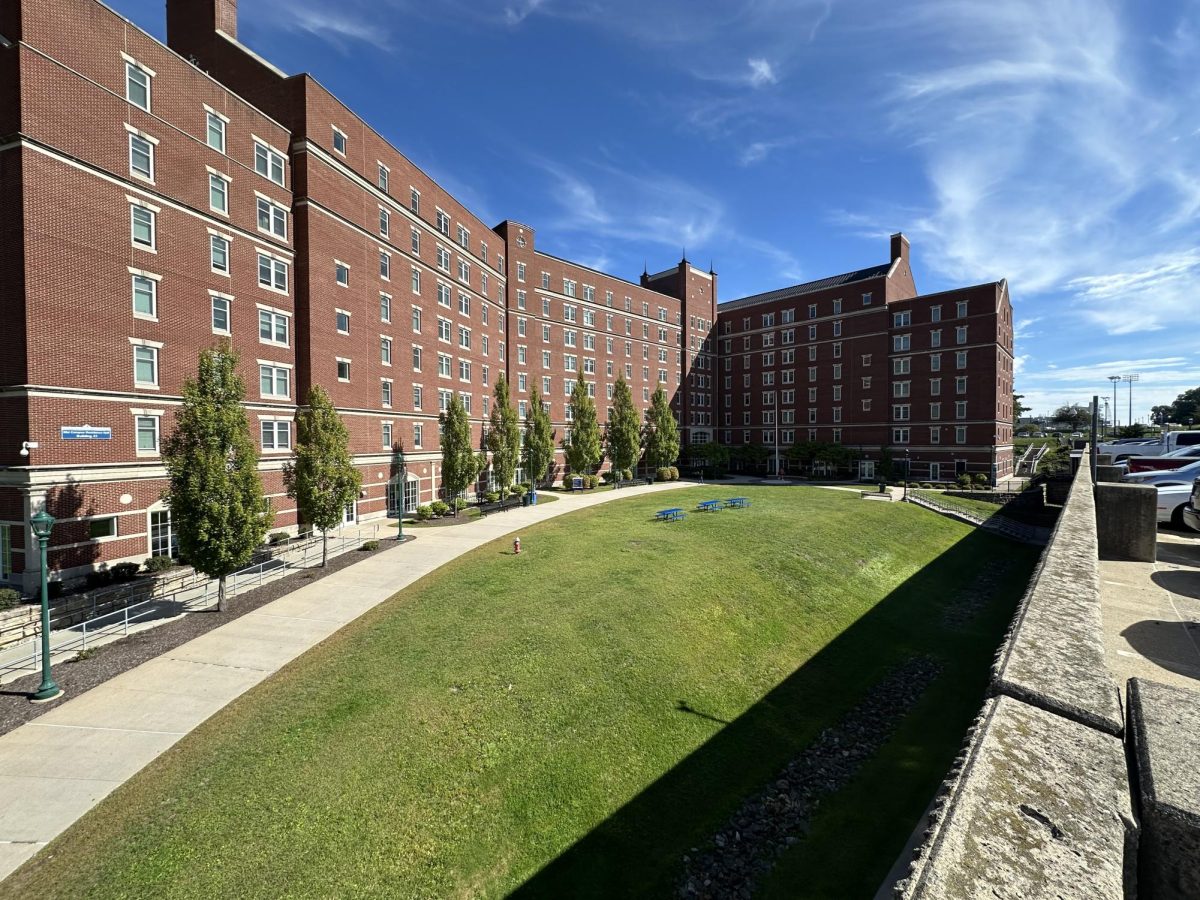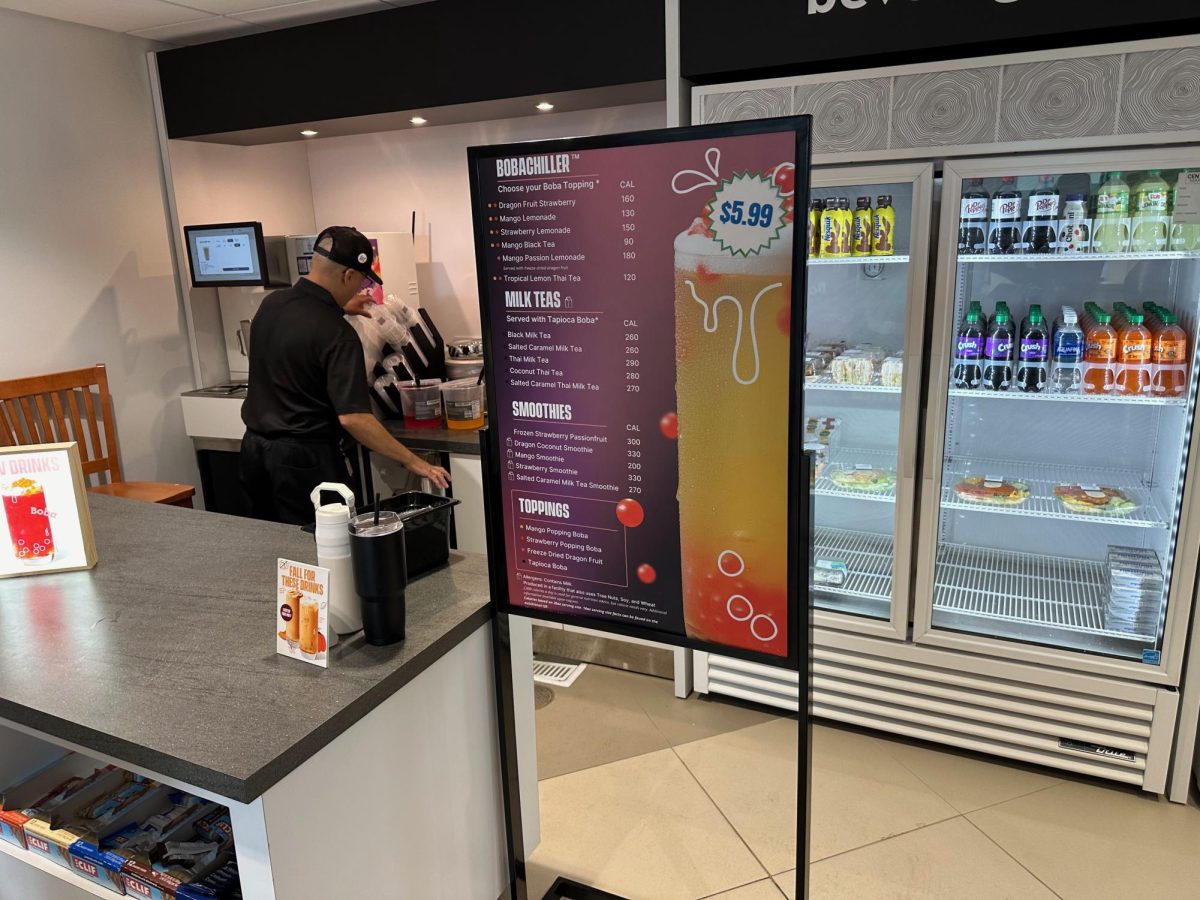 By Ginny Winters-Troche / Special to The Recorder
By Ginny Winters-Troche / Special to The Recorder
Eco-friendly artists displayed their works in the Samuel T. Chen Fine Arts Gallery at CCSU on Thursday, Mar. 19 before answering questions before an audience in the gallery.
The panel of five Eco-Artists gave short lectures about their nature friendly creations and then opened the floor for attendees to ask the small panel questions about their endeavors as artists and about their work.
The first artist to speak, Joy Wilky, was inspired by nature as she was forced to “watch things disappear in the smog” while living in California. She has been inspired by nature since then, but claims it is “bittersweet, since it’s never the same from moment to moment.”
“We always thought the earth would repair itself, and we were wrong,” said Wilky. Dealing with natural materials such as glass, sand, leaves, and even animal bones, her sketches and sculptures of frozen waves and tides are reminiscent of geology and of the frailty of nature.
She was also involved in the creation of a 20-year photo essay. She says her favorite part of putting the photo essay together was being able “to watch the climates and landscape change around her.”
Another artist, Kate Chappel brought up the fact that, as children, people tend to feel more as if they are a part of nature then simply looking upon it. In making a piece of art, she tries to make people feel as if they are connected to the Earth. She, like most of the other eco-artists, wants people to take a stand and turn things around.
Chappel’s art mostly deals with the extinction and unnatural deformities of animals across the globe. In the series “Earth Envelope” the paintings are positioned and maneuvered so that, to look at them, one must cast a shadow onto the piece, thus incorporating the viewer into the painting.
In Chappel’s opinion, art viewers are drawn in by beauty, and made to stop, look, and think by oddities.
Xavier Cortada presented his work on a Powerpoint presentation titled “Art to Address Global Climate Change”. He was asked whether or not he thinks saving the Earth is possible or if it is too late.
To this he answered that he knew there would be a lot of suffering, that “we’d be showing pictures to our grandchildren of animals that will have gone extinct by the time they were born,” but that he was convinced eventually we could fix the Earth’s problems, if we worked together.
The final artist to speak was Bob Johnson. Some might call him an activist, although he mused that he was an instigator while introducing himself. He is known for creating the River Cube. Focusing on getting people involved with the community, Johnson collects trash from rivers, shapes them into cubes and then displays them in the community in which they were found as a reminder to the citizens and neighbors of the town.
All of these artists were desperate to get people involved, and Johnson gave an in to all attendees of this panel Q&A: He invited anyone interested in helping the River Cube project for CCSU to meet him outside of the Samuel T. Chen Fine Arts Gallery on April 24 at 10 a.m. to clean the Park River Watershed, and get involved in the fight to, as Xavier Cortada put it, “reclaim the land for Earth.”


